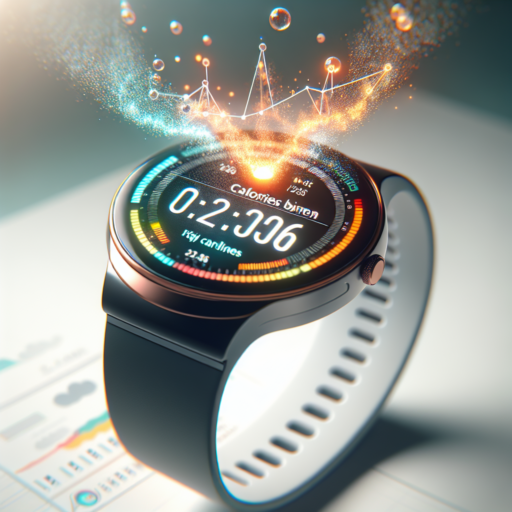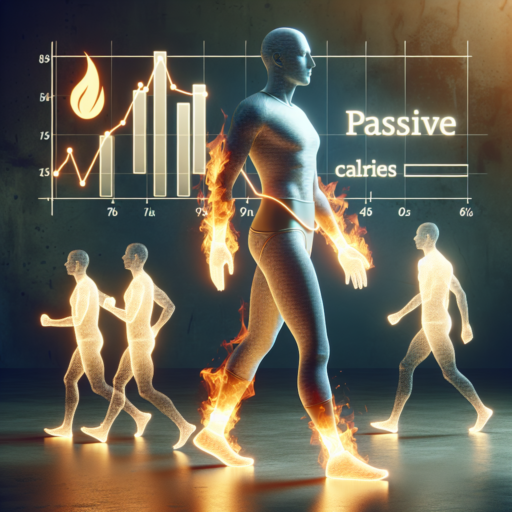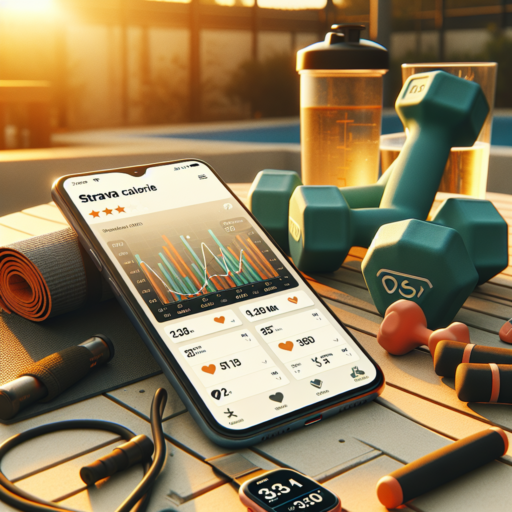How accurate are Garmin’s calories burned?
When it comes to tracking fitness, many users turn to Garmin devices for their advanced features and detailed metrics. One key metric for fitness enthusiasts is the number of calories burned during physical activities. But just how accurate are Garmin’s calories burned calculations? Garmin devices utilize user-entered information such as age, weight, height, and gender, along with metrics like heart rate and GPS data to estimate caloric expenditure. This means that the accuracy of Garmin’s calorie data can vary based on the specificity and accuracy of the personal information provided by the user.
To enhance the accuracy of calories burned, Garmin employs algorithms that factor in aerobic and anaerobic activity by monitoring heart rate variability. This means that Garmin devices are capable of distinguishing between different types of physical efforts and adjusting the caloric burn estimate accordingly. For instance, activities that elevate your heart rate continuously, like running or cycling, may yield a more accurate caloric measurement compared to irregular intensity activities, such as interval training or strength workouts.
Additionally, the accuracy of Garmin’s calories burned feature is influenced by the device’s ability to maintain constant updates to its software and algorithms. Garmin regularly releases updates to improve the functionality and precision of their devices, including the calorie estimation algorithms. Users can ensure they are getting the most accurate readings by keeping their devices updated and correctly calibrating them, especially after significant changes in physical condition or fitness levels.
No se han encontrado productos.
How does Garmin work out my calories?
Garmin utilizes a sophisticated algorithm to calculate calories burned, incorporating both basal metabolic rate (BMR) and active calories. BMR represents the amount of energy your body requires to maintain basic physiological functions at rest, while active calories account for the energy expended during physical activity. Garmin devices leverage your personal data such as age, weight, height, gender, and heart rate to estimate your BMR.
The device then measures your activity level through built-in sensors that track movements and heart rate variability. For more precise calorie calculations, especially during workouts, Garmin uses the heart rate data combined with the intensity and duration of the activity. This method ensures that the calorie count reflects not just the motion but also how hard your body works during different types of exercises.
Additionally, Garmin devices can differentiate between activities using GPS and motion sensor data, allowing the device to adjust the calorie calculation algorithm based on the type of exercise, whether it’s running, cycling, swimming, or another activity. This specificity enhances the accuracy of the calorie tracking feature, providing users with a deep insight into their fitness journey and energy expenditure.
How many calories do 10,000 steps burn?
Understanding the caloric burn of walking 10,000 steps is essential for anyone looking to manage their weight or improve their fitness level. The number of calories burned can vary significantly based on several factors. These include your walking pace, body weight, terrain, and even the efficiency of your gait. Typically, walking 10,000 steps can burn anywhere from 300 to 500 calories for most people. However, this estimate can fluctuate based on the aforementioned variables.
Body weight plays a pivotal role in determining how many calories you burn. Heavier individuals tend to expend more calories when walking the same distance as lighter individuals, due to the additional energy required to move more mass. On average, a person weighing 180 pounds may burn up to 500 calories by walking 10,000 steps, whereas someone weighing 120 pounds might burn approximately 300 calories for the same activity.
The pace of your walk is another critical factor. Walking briskly or at a pace that raises your heart rate significantly increases the caloric burn per step. Incorporating hills or uneven terrain can also lead to a higher calorie burn, as your body will require additional energy to navigate these challenges. Wearing a pedometer or using a fitness tracker can provide a more accurate estimate of the calories burned based on these individual factors.
Do watches overestimate calories burned?
When it comes to tracking physical activity, many individuals rely on watches, from high-tech smartwatches to more basic fitness trackers. These devices have become indispensable for those looking to monitor their health and fitness progress. However, a critical question arises: Do watches overestimate calories burned? Understanding the accuracy of these devices is essential, as it can significantly influence one’s fitness goals and dietary plans.
Several studies have explored the accuracy of wearable devices in estimating calorie expenditure. The consensus is that while these gadgets are invaluable for tracking movement and providing estimates, they are not always spot-on with their calorie burn calculations. The discrepancy in accuracy can be attributed to a variety of factors, including the algorithms used by different brands, the personal data entered by the user (such as weight, height, and age), and the type of physical activity being monitored. For instance, activities with irregular movements like HIIT (High Intensity Interval Training) or strength training can be more challenging for watches to track accurately compared to steady-state cardio like running or cycling.
To mitigate the potential overestimation of calories burned, it’s advisable for users to focus on the broader picture these devices offer rather than the exact numbers. Incorporating the data as part of an overall assessment of one’s health and fitness journey allows for a more holistic view. Furthermore, staying updated with the latest software updates for your device can help improve accuracy, as manufacturers continuously refine their algorithms based on user feedback and new research findings.




